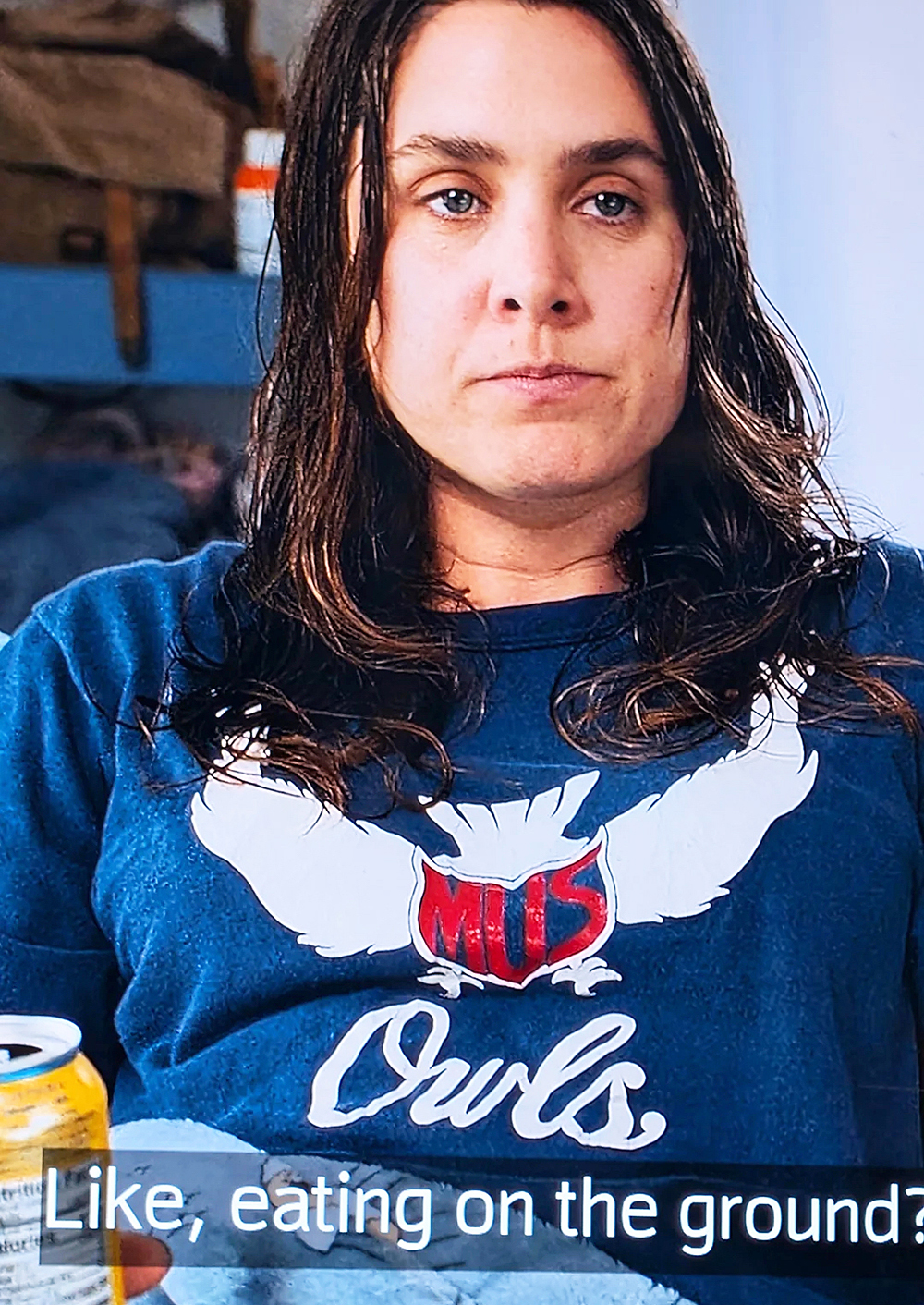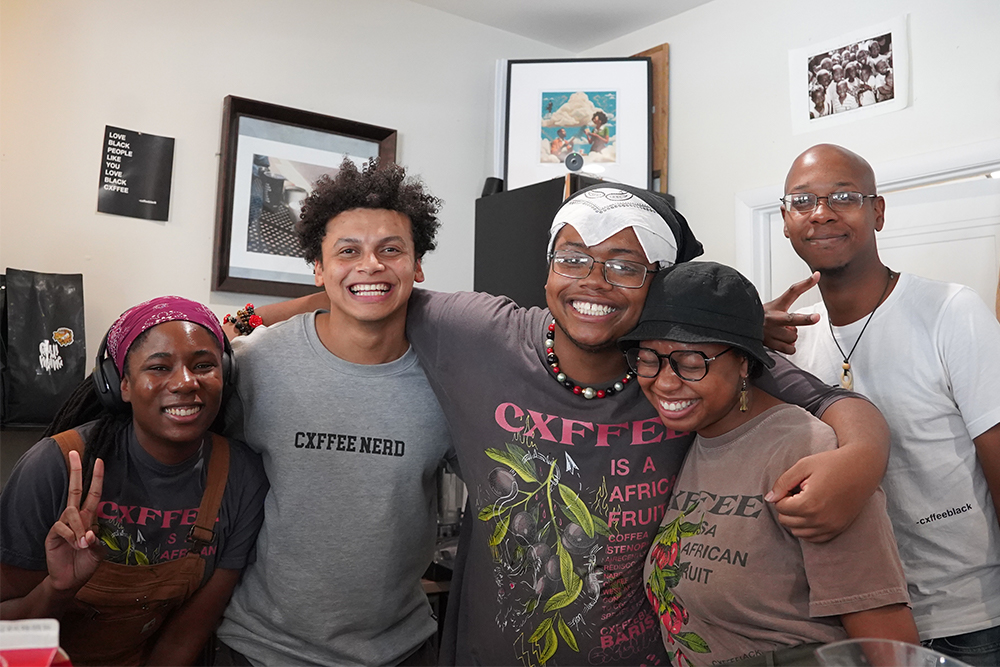At Wimbledon this weekend there was a “golden set,” an extreme rarity in which one player wins 24 straight points in a set and the other player wins none. It was all the more unusual because the loser of the set, Sara Errani, was runner-up in the French Open.
Yaroslava Shvedova, according to the WTA, is the first woman in the open era of tennis to record a golden set. As The New York Times and other news outlets reported, Shvedova won 23 points in a row in a match in Memphis in 2006 against Amy Frazier but double-faulted on the 24th point. Just as incredibly, Frazier went on to win the match 1-6, 6-0, 6-0. The Memphis tournament was played indoors, where bad bounces are less likely than they are on grass or clay.
According to records, there was a golden set in men’s tennis in the 1980s by Bill Scanlon.
Most of us hackers have been blanked without winning a game many times because we wind up in a mismatch somewhere along the line, especially before the advent of so many age divisions and skill levels. But when the players are reasonably matched, much less professionals, a golden set is about as rare as a perfect game in baseball.
Here’s what a sampling of tennis, squash, and racquetball players had to say about the golden set in their respective sports. For non-players, in racquetball, the server stays “side in” until he or she loses a point, so a long run and an occasional shutout is not all that rare because you can only score when serving. In squash, the old rule was side-in, side-out and the games were to nine points, so the loser of a 9-0 game could win several rallies but no points. Under the new scoring system called Point A Rally (PAR), the game is to 11, and the receiver can break a run by scoring immediately on the return of serve because the serve is typically not an offensive shot as it is in tennis and racquetball.
Randy Stafford, former racquetball pro: “I have never heard of donuts given at the highest level of racquetball to win the match. Several decades ago I lost the third game tiebreaker 21-0 to Charlie Brumfield at the Top 16 Invitationals. He never let up and was taunting me during the tiebreaker and yelled “God’s will” at the end of the match. Three years ago at the nationals I gave a donut to this guy in the quarters of the 50’s. He was and still is a good friend mine. At the high level of a sport if you can beat someone zip zip go for it and don’t look back. I did not yell at him after my match but I felt very satisfied with my play. In the finals two days later Ruben Gonzalez clocked me. I felt very fortunate he did not give ME a donut. There is always a better six-gun out there so take no prisoners when you can.”
Al Wise, Memphis tennis player: “A friend told me 30 years ago that a golden set on clay was the ultimate versus other tennis surfaces, because of the unlucky bad bounce/tape bounce that happens on clay. My response at the time was that the grass surface, because of the slickness and bad bounce funkiness, was the ultimate, but now the grass surface is not so slick. A tennis golden set in my opinion, compared to other sport’s golden games, is very difficult in that each player has the opportunity to hit a FREE SHOT, the tennis serve.”
Peter Lebedevs, former tennis teaching pro and current tournament director of the Regions Morgan Keegan Championships ATP tournament and WTA International Championship in Memphis: “There has been one on the ATP by Bill Scanlon, I believe it was in a tournament in Dallas. At the professional level you cannot try junk to win the point because it wouldn’t work. In men’s tennis with the serve as big as it is, that is a very tough thing that a player of similar level could not win one of 12 points. Winning 24 points straight is very tough. A perfect game in baseball is probably easier because hitting itself is very difficult. A hitter with a .300 batting average is great yet he fails 70% of the time. Good tennis players do not fail 70% of the time on a any day.”
Speaking for myself, I have been bageled and double-bageled (6-0, 6-0) in tennis more times than I can remember but always won a few points each set. Before I’d give up a golden set I’d try every trick shot, trick knee, and just plain trick in the arsenal, including feigning an injury. In racquetball, Bill Tanner and I once teamed up two-on-one against Andy Roberts, the future World No. 1 player. We won the first two points, then Andy got half-serious and beat us 21-2 and won 21 in a row. In squash, I’ve lost games 11-0 and then won the next game 11-1 or 11-2, and vice versa.
Oh, and the name of the company that is majority owner of the Memphis Racquet Club? Golden Set Holdings.
UPDATED: For the math minded, this from Memphis tennis player and super math teacher at Memphis University School Nancy Gates:
“Given any tennis match where the players are even with each having a 50% chance of winning each point, the probability that one of the two players wins a golden set is ½^23 = 1/8,388,608 = 000000119… (Note that it doesn’t matter who wins the first point, but the next 23 point must be won by the same player, thus ½^23.) I have no idea how many professional matches are played per year, but let’s say there are 10,000 matches (I think that’s high.), then the probability of a golden set in any given year with an even match up on each point is .00119 and it should be expected that there would be one golden set won in a period of 840 years – pretty rare.
“But it is more likely that the probability of winning on a serve is greater than the probability of winning on a return. Let’s say each player has a 70% chance of winning on his serve and a 30% chance of winning on a return. Then the probability of a golden set in any given match is (.3)^12*(.7)^12 + (.3)^12*(.7)^12 = 2*(.3)^12*(.7)^12 =.0000000147…, which makes a golden set even less likely.
“Let’s make another assumption. Let’s suppose that every pairing is lopsided with one player having a 70% chance of winning on each of his serves and a 60% chance of winning on each return. This time, I want the probability that the better player will win a golden set, so that person must win the first point and all the other 23 points, giving him a probability of (.7)^12)*(.6)^12 = .00003… of winning a golden set. The probability that the weaker player would win a golden set is .0000000000089…, which is negligible. Let’s say all 10,000 of the yearly pairings are of that nature (of course, that’s not true), then there should be a probability of .3… of a golden set occurring in a year and we should expect a golden set every 3 years or so. In all likely, there are probably no more than say 500 such pairings, giving us the expectation that a golden set with that type of pairing would occur every 60 years or so.
“This is interesting to try to analyze, but I guess the point is that “it ain’t easy.”







